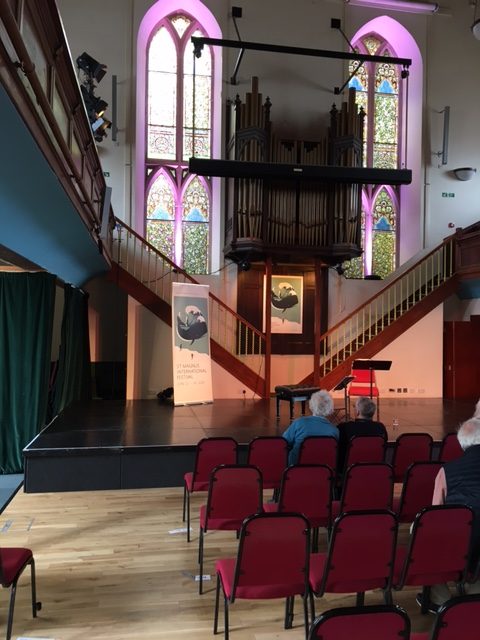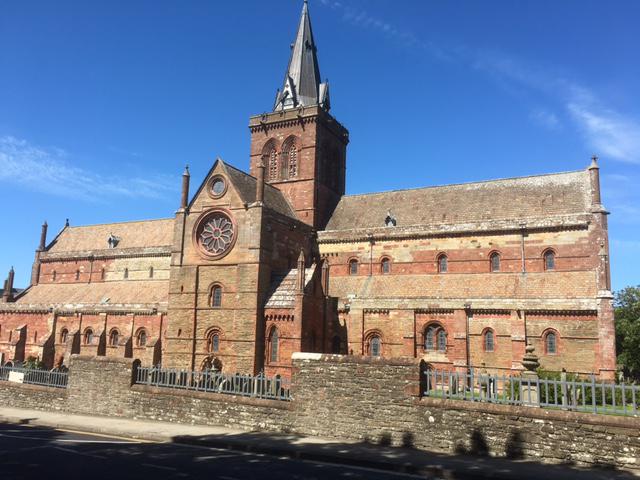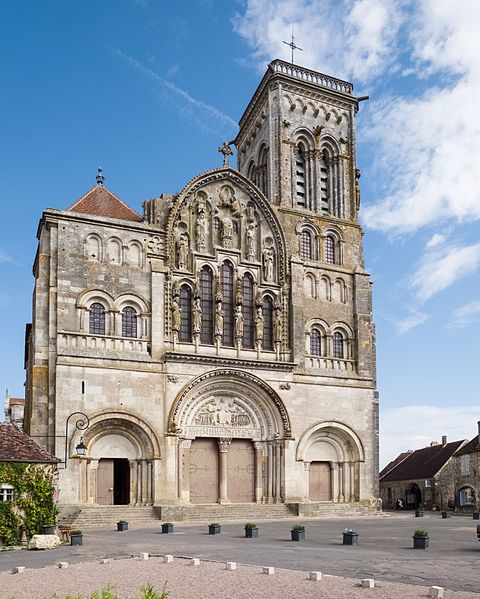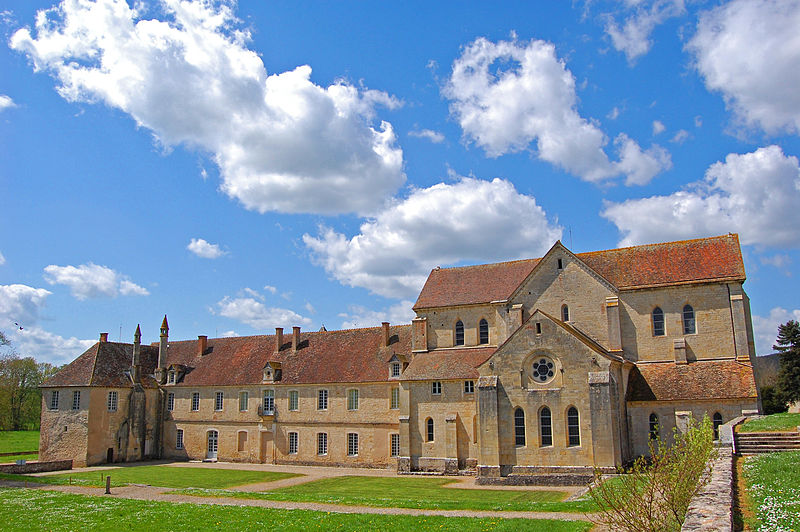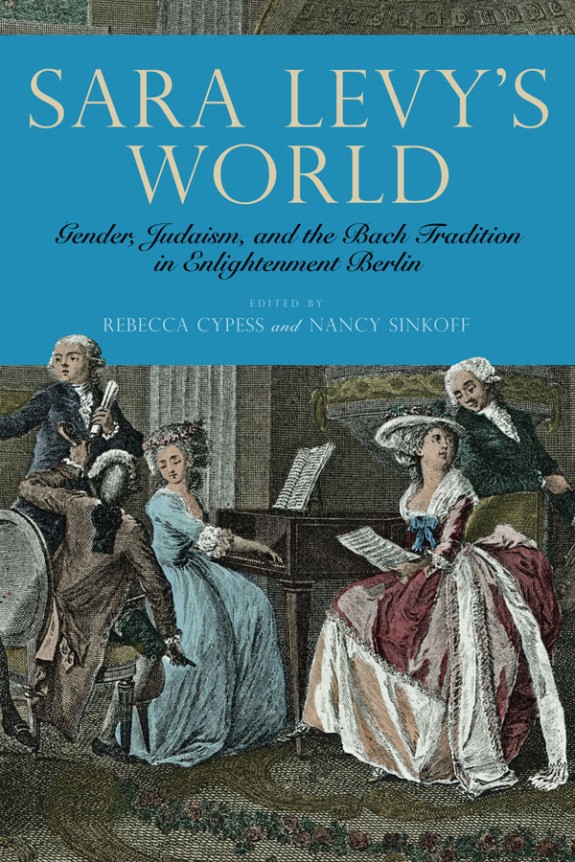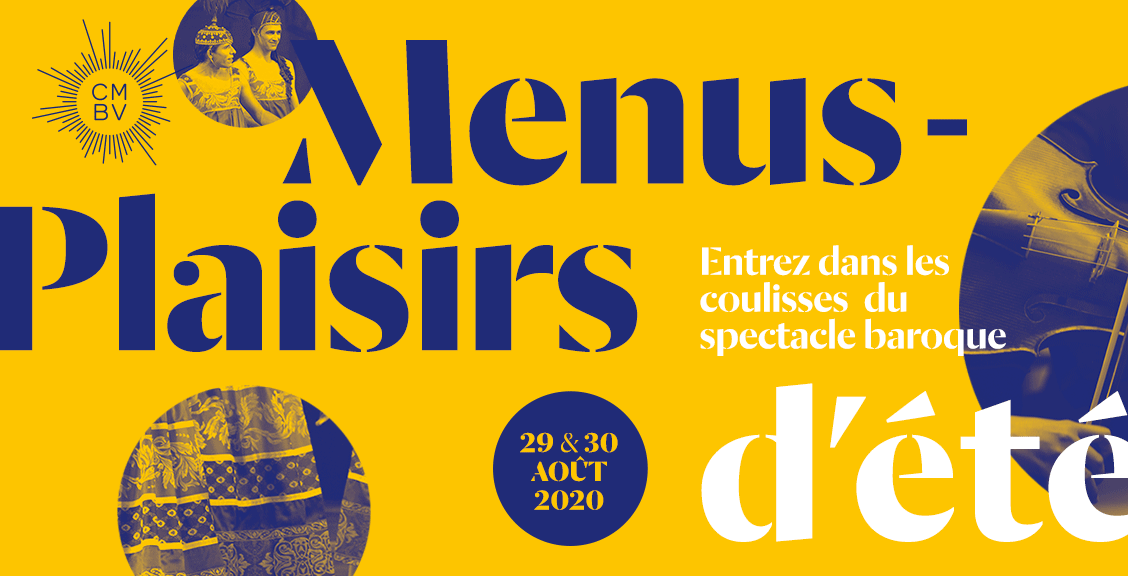D James Ross
at the St Magnus International Festival 2024
This year the relevant concerts for an EMR reviewer at the St Magnus International Festival were grouped together in the middle of the festival week, although it turned out that this was a mixed blessing as the venues in which they took place were scattered across the islands, and making it to all of them involved some brisk driving! My festival opened with an event in the Stromness Town House, a venue which had formerly been a church and which now serves as an excellent music venue. The concert, entitled Bowed Bach, featured cellist Robin Michael, an eminent figure in the world of period instrument ensembles. He is principal cello with the Orchestre Revolutionaire et Romantique as well as appearing with a number of other leading period instrument ensembles. He also plays modern cello, transferring his skills from the HIP world, and it was in this guise that he presented two of the Bach Solo Cello Suites and the Sonata by Huw Watkins.
The recital opened with the second Bach Cello Suite in D-minor, and it soon became clear that Michael’s reading, full of nuance and energy, sprang from a thorough understanding of the music and also of its Baroque context. His bowing and articulation spoke to his years of period instrument experience, while his choice of tempi was judicious. If one or two of the more rapid dances occasionally sounded something of a scramble, they were never less than exciting, while the slower movements displayed considerable intensity and dignity. Huw Watkins is a pianist and composer who frequently works with Robin Michael, for whom this Sonata for Solo Cello was composed in 2022. He cleverly incorporates elements of Scottish traditional music as well as more generally the spacious ambience of the Scottish landscape in an impressive work which both fully exploits the potential of the solo cello as well as thoroughly exploring a number of felicitous musical ideas. I was enthralled with Michael’s lyrical performance of this valuable addition to the solo cello repertoire. The recital concluded with probably the most best loved of Bach’s Suites in C-major. Michael seemed to have relaxed a little and with his cello also hitting its stride, we were given a compelling account of this masterpiece. In response to warm applause he gave us a further Sarabande from the fifth Cello Suite to send us on our way.
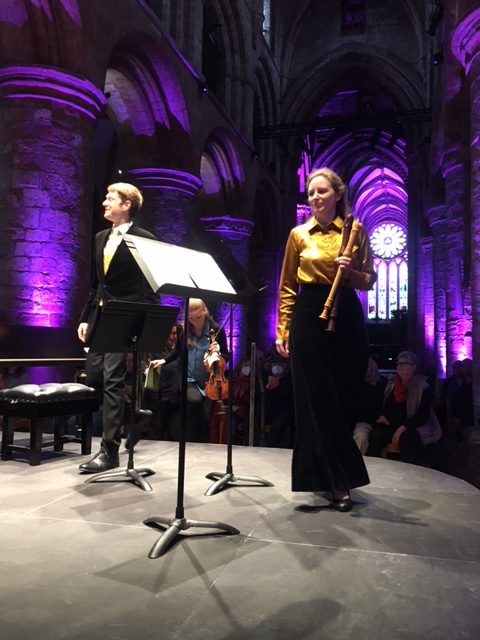
In my case, my way was a hasty drive to St Magnus Cathedral in Kirkwall for a performance by Ensemble Hesperi of the first of two concerts for the Festival entitled Full of Highland Humours. A quartet consisting of recorders, Baroque violin, Baroque cello and harpsichord, these young players presented a delightful programme of music with Scottish overtones. In 18th-century London, there was a considerable vogue for Scots tunes, a demand in part satisfied by Scottish composers such as James Oswald but also enthusiastically embraced by English composers such as John Playford and even visiting Italian musicians such as Francesco Barsanti, Giuseppe Sammartini and Francesco Geminiani. It was with the music of Oswald, one of his popular Airs for the Seasons, The Honeysuckle, that the concert began – Oswald originally published these pieces as music for a solo melody instrument and BC, later issuing a set of second parts, and it was in this later manifestation, with the recorder taking the melody and the violin on the second, that Hesperi presented this piece. Their performance was delightfully detailed and sympathetic, with a charming interaction between the players.
In the ensuing pieces by Barsanti, they confirmed their affinity with the Highland Humour, while a Sammartini Trio Sonata also served to demonstrate their easy technical virtuosity. One of the earliest collections of such material, A Collection of Original Scotch Tunes Full of the Highland Humour, published by Playford in 1700, demonstrated the same energy as his more familiar Dancing Master collections and worked extremely well on the recorder, while Robert Bremner, whom I knew only from a handful of violin pieces, was the composer of a very fine set of variations for harpsichord on Maggie Lauder. These were flamboyantly rendered by Thomas Allery, whose unobtrusive but highly creative contribution to the ensemble pieces was consistently impressive. Thomas Erskine, Earl of Kellie is perhaps one of the better-known Scottish composers of the 18th century, composing symphonies, chamber music and even an opera. He trained under the Stamitzes in Mannheim and brought their imaginatively galante style of composition back to Scotland. His set of six Trio Sonatas, of which Hesperi gave us the fourth, are works of polished accomplishment, incorporating many of the tricks the Earl learned in Germany but also demonstrating an engaging individuality.
It was the turn of the group’s cellist Florence Petit to step into the spotlight for an account for cello and harpsichord of Oswald’s setting of another fine Scots tune, Alloway House. Approaching the original tune with an appropriate degree of improvisation, she gave a wonderfully musical and utterly convincing account of this lovely melody. Geminiani’s Trio Sonata, based again on a traditional Scots tune The Bush aboon Traquair, allowed recorder player Mary Jannet-Leith and violinist Magdalena Loth-Hill once again to sparkle, while this delightful concert concluded with an attractive Sonata on Scots Tunes by James Oswald. Playing with consummate technical virtuosity and charming musicality, the Ensemble Hesperi won the hearts of their St Magnus Cathedral audience, introducing many for the first time to the rich treasury of 18th-century Scottish music.
My second Festival day opened with another morning recital in Stromness Town House, this time given by the Morris-Begg Duo and entitled Time Stands Still. Soprano Ines Mayhew-Begg was joined by guitarist Ross Morris for a programme of Baroque and more modern music. Taking the role of a lute in music by Dowland, Robert Johnson and Purcell, Morris’s deft touch on his guitar successfully invoked the appropriate ambience for the early repertoire, while Begg’s bright tones with a slight vibrato proved a charming vehicle for the melodies. She was animated in her portrayal of her songs, bringing the scenarios of each vividly to life, while interacting closely with her accompanist. A short Dowland set was introduced by an instrumental Preludium followed by the very familiar songs Come Again and Time Stands Still. Next came the much less familiar song Have you seen but a bright lily grow by Robert Johnson, a beautiful piece expressively performed by the duo. The Baroque section ended with two iconic Purcell songs, Music for a While and Sweeter than Roses, during which we were all aware of the beautifully twining roses in the stained glass behind the performers. Unfortunately, notwithstanding the wonderfully characterised renditions of these fine Purcell songs, I grew aware of Ines Mayhew-Begg occasionally slightly undercutting the pitch, spoiling the otherwise perfect match with her accompanist.
The rest of the programme consisted of more modern music – an adaptation of Moon by contemporary guitarist and composer Marco Romelli from 2017, and a set of five songs from Under Milk Wood by another contemporary guitarist/composer Stephen Goss (the only music in the programme originally composed for soprano and guitar), an arrangement of two songs by James MacMillan, and finally arrangements of four Tonadillas by Enrique Granados. The Romelli proved to be atmospheric and engaging, while the Goss alternated acerbic wit and wistful lyricism to bring Dylan Thomas’s brilliantly vivid texts to life. The skill of the arrangements for guitar of the MacMillan and the Granados (by Ross Morris and Julian Byzantine respectively) was such that it was hard to believe they had originally been written for piano, and the Granados brought this recital to a beguiling conclusion. Enthusiastic applause persuaded the performers to add an idiomatic account of the Scots tune The Wild Mountain Thyme, which had the audience joining in!

Time stands still – no such luxury for your reviewer, who had to repeat his rat-run of yesterday to get to St Magnus Cathedral for the second performance by Ensemble Hesperi. This time their programme was entitled A Gift for your Garden and tapped into the 18th-century vogue for exotic plants to which Handel, Telemann and of course James Oswald all subscribed. Oswald contributed two Airs for the Seasons to the programme, The Anemone, which opened the concert, and The Hyacinth, which Magdalena Loth-Hill presented in its original form for melody instrument and BC. The first of Telemann’s Paris Quartets TWV 43, demonstrated the versatility and originality of this sometimes underrated composer as, in contrast to the trio sonata, he places all four instruments equally in the spotlight. A beautiful account of the B-minor Trio Sonata by Handel reminded us of the virtues of this staple Baroque form in the hands of a great master, while Florence Petit’s eloquent account of Telemann’s only Solo Cello Sonata made us wonder with her why he had never returned to the form.
A charming two-movement Trio Sonata by Johann Gottlieb Graun reminded us that some capable Baroque composers are unjustly overshadowed by the big names, while Telemann’s folk-influenced G-minor Trio Sonata TWV 42 brought the concert to a dynamic, toe-tapping conclusion. I was hugely impressed by the virtuosity and musicality of these accomplished young musicians, and their boundless energy, their well-researched programmes and their relaxed rapport with their audiences make me sure that they will become an established and admired ensemble in the very near future – another great ‘find’ by the St Magnus Festival!
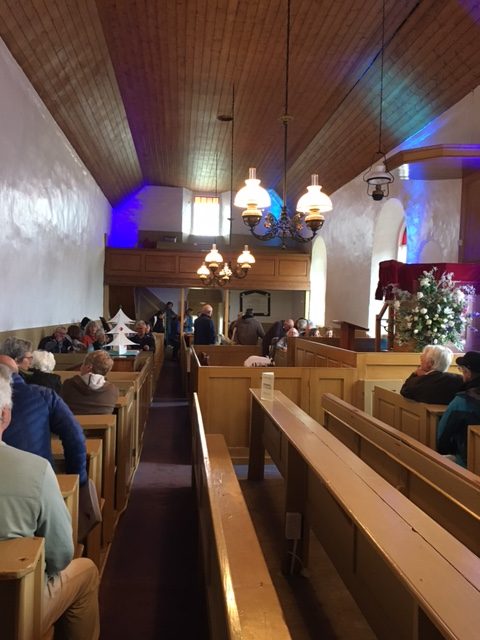
The bustling finale of the Telemann set the tone for my final festival dash, this time passing through five islands and crossing four barriers to St Peter’s Kirk, Eastside in South Ronaldsay. On paper, this programme, called Plucked Bach, looked one of the more bizarre concerts I would be attending – accounts on the mandolin of some of the great solo instrumental music by Bach. The Israeli musician Alon Sariel set himself the project over lockdown of exploring Bach’s music on mandolin, and today’s programme, along with several others and a number of CDs, was the result.
Sariel’s opening observation, reminding us that Bach himself had been a keen transcriber of his own and other people’s music for a variety of instruments including the lute, lent the project added credibility, while we would recall that Vivaldi, the subject of so many Bach transcriptions, wrote concertos for mandolins. Ultimately however it was Sariel’s own persuasive virtuosity and musicality that suspended our disbelief. He opened with the Prelude from the third Partita for solo violin, and immediately I found that I could hear the original in my head, running in parallel with the performance. He continued with the Prelude and Fugue from the fifth Suite, an astonishing display of virtuosity, followed by a beautiful Fantasia by Telemann. Next came the iconic D-minor Toccata and Fugue, by which time fortunately we were entirely mesmerised – anticipating this piece and indeed looking back on it, it is very hard to imagine this titanic organ music working on the mandolin, and it is a testimony to the arrangement and Sariel’s bravura performance that it did.
Next came a Mandolin Partita by Sariel himself, drawing on his intimate knowledge of Bach but also engaging with other Baroque masters and earlier composers. This was a beautiful piece, and again utterly convincing. What was left to tackle but the great Chaconne from the second Solo Violin Partita, the subject of myriad arrangements over the years? Sariel’s reworking proved impressively effective, and his intense performance brought this extraordinary recital to a triumphant conclusion. Insistent applause elicited an account of the Londonderry Air, an eccentric encore to round off an eccentric concert, which had been much more convincing than I could ever have hoped – a testimony to the adage that it doesn’t matter how strange a thing is if it is superlatively executed. We had been warned in advance that the Kirk pews in this historic building offered only ‘presbyterian comfort’, but such was the spell we were held under that the audience barely moved! I knew the church and its lack of comfort already, having attended it as a child more than fifty years ago during many summer holidays. It was strange to be back there after all these years, and to pass the graves of my Orkney ancestors on my way back to my car. No desperate rush this time, just some time for nostalgia and vivid memories of five excellent concerts at the 2024 St Magnus International Festival.
D. James Ross
